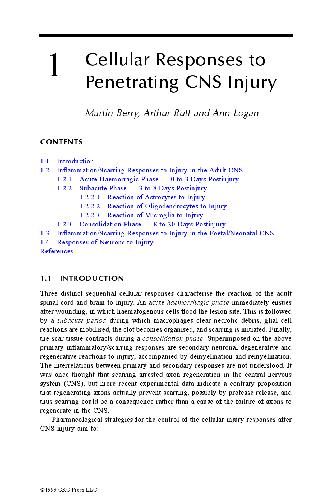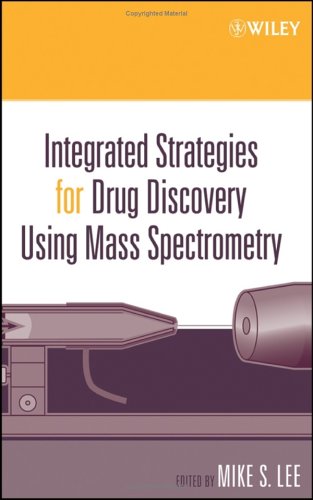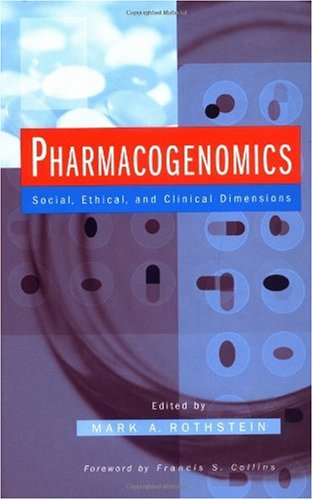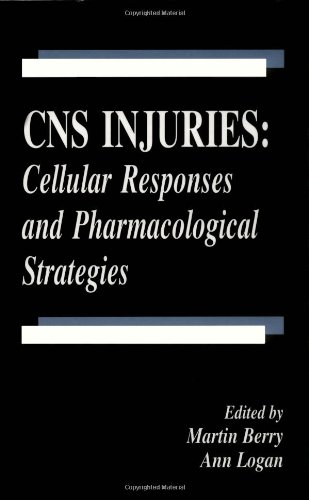Table of contents :
1.1 Introduction……Page 1
CNS Injuries: Cellular Responses and Pharmacological Strategies……Page 215
1.2.1 Acute Haemorrhagic Phase– 0 to 3Days Postinjury (Figure 1.1)……Page 2
1.2.2 Subacute Phase– 3 to 8Days Postinjury (Figure 1.1)……Page 4
1.2.2.1 Reaction of Astrocytes to Injury……Page 5
1.2.2.3 Reaction of Microglia to Injury……Page 7
1.3 Inflammation/Scarring Responses to Injury in the Foetal/Neonatal CNS……Page 8
1.4 Responses of Neurons to Injury……Page 9
References……Page 11
2.1 Introduction……Page 19
2.2.1 Early Responses……Page 20
2.2.2 Differential Astrocyte Responses……Page 21
2.3.1 Breakdown of the Blood-Brain Barrier……Page 22
2.3.2 Smooth Muscle and the Tunica Media……Page 23
2.3.3 Endothelial Responses……Page 24
2.3.5 Long-Term Changes……Page 26
2.4.1 Time Course……Page 27
2.5.1 Neuronal Susceptibility……Page 28
2.5.2 Two Types of Neuronal Response……Page 29
2.5.3.2 Cytoskeletal Proteolysis……Page 31
2.5.3.4 Excitotoxicity……Page 32
2.7 Concluding Remarks……Page 34
References……Page 36
3.1 Introduction……Page 42
3.2 Primary Immune Response to Antigens in the CNS……Page 45
3.2.1 Responses to Soluble Antigens……Page 46
3.2.2 Responses to Insoluble Antigens……Page 47
3.2.3 Antigen Presentation to the Immune System……Page 48
3.2.4 Injury and Autoimmunity……Page 49
3.3 Injury and the Accessibility of the Brain to the Immune System……Page 51
3.4 Summary and Concluding Remarks……Page 53
References……Page 54
4.1 Introduction……Page 61
4.2.2 Cytokines and Chemokines……Page 62
4.2.3 Neutrophils and Tissue Damage……Page 63
4.3 Macrophages and Tissue Injury in the CNS……Page 64
4.3.1 Contribution of Microglia……Page 65
4.3.3 Cytotoxic Activity of Microglia……Page 66
4.4.1 Pathological Features of MS Lesions……Page 67
4.4.3 T Lymphocytes and Recognition of CNS Autoantigens……Page 68
4.4.4 T Lymphocytes, Cytokines, and Macrophages……Page 69
References……Page 70
5.1 Introduction……Page 79
5.2 Relationship Between Microglia and Brain Macrophages……Page 80
5.2.1.1 The Normal Developing Brain……Page 81
5.2.1.2 The Pathological Developing Brain……Page 85
5.2.2.1 The Normal Adult Brain……Page 86
5.2.2.2 The Pathological Adult Brain……Page 89
5.4 Can Microglia and Macrophages Promote CNS Regeneration?……Page 91
References……Page 92
6.1 Introduction……Page 96
6.2 Molecular Basis of Leucocyte- endothelial Interactions……Page 98
6.2.2.1 Intercellular Adhesion Molecules1 and -2……Page 99
6.2.3.2 PSelectin and ESelectin……Page 100
6.2.4 Lymphocyte Migration Across Blood Vessel Walls at Inflammatory Lesions……Page 101
6.3 Vascular Adhesion Molecules in the CNS……Page 102
6.4 Characterisation of Lymphocytes that Migrate Across the Blood–Brain Barrier……Page 103
6.5 Antibody Blocking Studies……Page 105
6.6 Future Strategies……Page 106
References……Page 108
7.1 History, Origin, and Distribution of Microglia in the Normal Retina……Page 117
7.2 Methodological Assessment of Microglia……Page 119
7.2.5 Phagocytosis-Dependent Labelling……Page 120
7.2.6 In Vitro Studies……Page 121
7.3 Function During Development and Natural Apoptosis……Page 123
7.4 Retinal Diseases Associated with Microglia……Page 125
7.5 Heterogeneity of Microglial Activation……Page 127
7.6.1 Antimetabolites and Protease Inhibitors……Page 129
7.6.2 Antibodies to Microglial Antigens and Cell Inhibitors……Page 134
7.7.1 Neurotrophins……Page 135
7.7.2 Immunosuppressing Drugs……Page 136
7.7.3 Hormone-Derived Microglial Inhibitors……Page 137
Glossary of Abbreviations……Page 138
References……Page 139
8.1 Glial Scar Formation in the CNS……Page 147
8.2.1 Molecular Structure of TGF-bs……Page 150
8.2.2 TGF-b Receptors……Page 153
8.2.3.2 Formation of Extracellular Matrix……Page 154
8.2.3.5 Angiogenesis……Page 155
8.4 TGF-b Expression in CNS Wounds……Page 156
8.5 Experimental Modulation of TGF-b Activity in CNS Wounds……Page 158
8.6 Conclusions……Page 160
References……Page 161
9.1 Introduction……Page 165
9.2.1 General Aspects of Neurotrophic Factors……Page 166
9.2.2 Neurotrophins……Page 168
9.2.4 Glial Cell Line-Derived Neurotrophic Factor……Page 169
9.3.1.1 Neurotrophins……Page 170
9.3.1.2 CNTF and GDNF……Page 173
9.3.2.1 Neurotrophins……Page 175
9.3.2.2 CNTF and GDNF……Page 176
9.3.3 RETINAL GANGLION CELLS……Page 177
9.4.1.1 Sprouting and Neurotropism……Page 178
9.4.1.3 CNS Terrain and Reinnervation……Page 179
9.4.2.1 Central Sensory Axons……Page 180
9.4.2.2 Corticospinal Motor Axons……Page 182
9.5 STRATEGIES FOR NEUROTROPHIC FACTOR DELIVERY……Page 183
REFERENCES……Page 184
10.1 The Fibroblast Growth Factor (FGF) Family……Page 197
10.2 Distribution of FGFs in the Intact CNS……Page 198
10.3 Expression of FGFs in the Injured and Diseased CNS……Page 200
10.4 Effects of FGFs In Vivo And In Vitro……Page 201
10.5 FGFs and the Treatment of CNS Injuries……Page 203
References……Page 204
Preface……Page 217
Editors……Page 219
Contributors……Page 220
Table of Contents……Page 222
CNS Injuries Cellular Responses and Pharmacological Strategies Pharmacology & Toxicology
Free Download
Direct Download: Coming soon..
Download link:
Category: Chemistry , PharmacologySign in to view hidden content.
Be the first to review “CNS Injuries Cellular Responses and Pharmacological Strategies Pharmacology & Toxicology” Cancel reply
You must be logged in to post a review.
Related products
- Chemistry , Pharmacology
Integrated Strategies For Drug Discovery Using Mass Spectrometry
Free Download - Chemistry , Pharmacology
CNS Injuries: Cellular Responses and Pharmacological Strategies
Free Download







Reviews
There are no reviews yet.